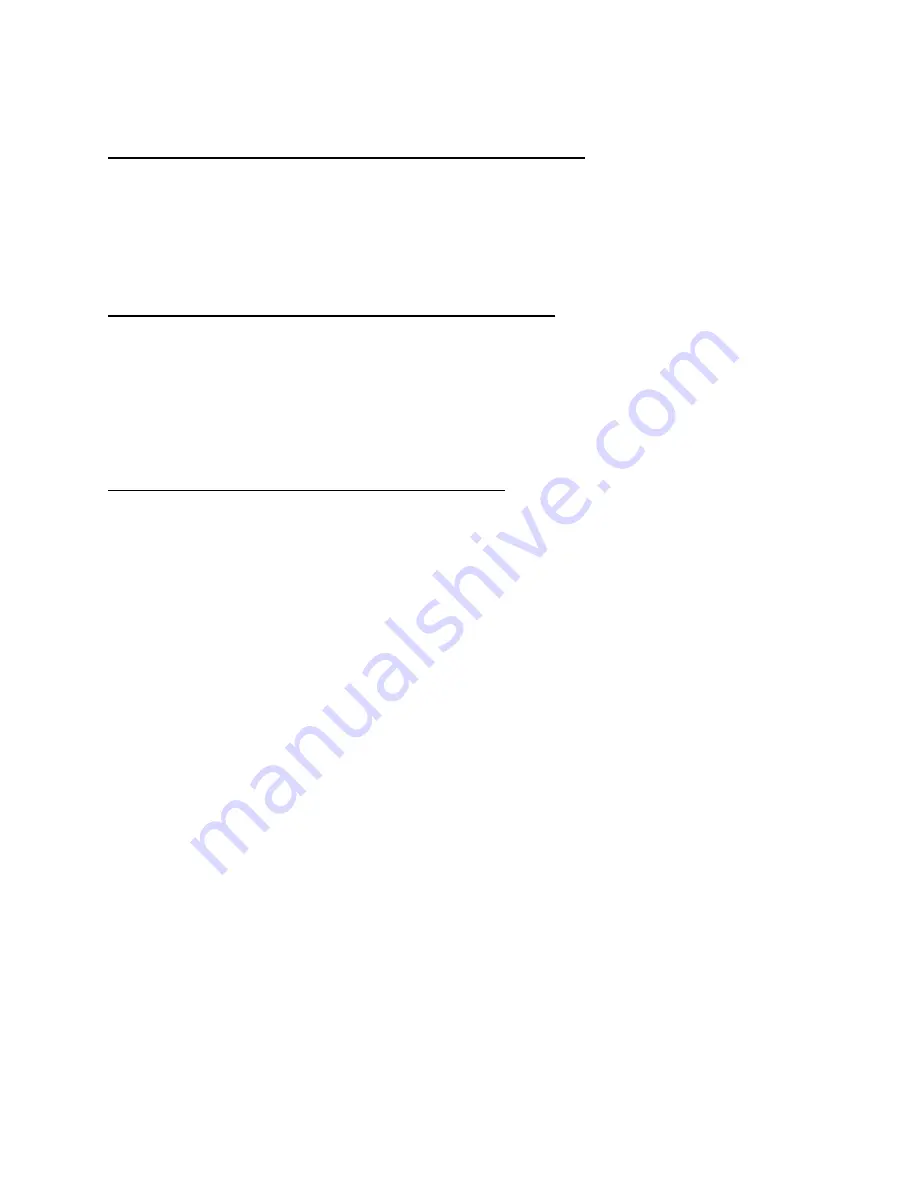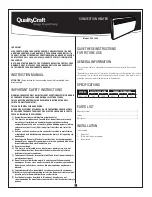
21
B. PRESSURE RELIEF VALVE FOR THE HYDRONIC SYSTEM
The pressure relief valve supplied with the heater is designed to relieve pressure greater than 30 psi. The
hydronic heating module is designed to withstand pressure up to 150 psi. If you are changing the
pressure relief valve for a higher pressure rating, you must make sure that the system components are
designed for the higher pressure. The relief valve must be rated for the 135,000 Btu maximum capacity of
the brazed plate heat exchanger. Pipe the discharge line in copper piping to a drain. Provide 6” clearance
from the floor drain.
C. HYDRONIC EXPANSION TANK AND MAKE UP WATER
Ensure that the expansion tank is sized to the system volume, brazed plate capacity, and related piping
for the hydronic heating module. The capacity of the module and brazed plate is ½ gallon. Most chilled
water systems are piped using a closed type expansion tank.
Connect the expansion tank to the air separator only if the separator is on the suction side of the
circulator. The hydronic heating module has a water line connection of ½” NPT to connect into the
pressure reducing valve and back flow preventer. Normal system pressure is 15 psi.
D. HYDRONIC HEATING MODULE SYSTEM PIPING
The hydronic heating module is designed to function in a closed loop hydronic system. The included
temperature and pressure gauge allows the user to monitor the system pressure and temperature from
the hydronic heating module. The gauge should be installed on the supply outlet piping from the heating
module. The installation of an air elimination device will remove air from the system which is necessary to
avoid an air lock in the central heating circulator. It is recommended that all the piping is insulated to
improve on the system’s overall efficiency. In the system piping, heating coils in air handler, flow control
valves, or other devices must be installed to prevent gravity circulation of heated water from the heating
module.
Freeze protection for new or existing systems must be composed of glycol that is specifically formulated
to include inhibitors that will prevent the glycol from attacking the metallic system components. Make
certain that the system fluid is checked for the correct glycol concentration and inhibitor level. The system
should be tested at least once a year or as recommended by the producer of the glycol solution.
Allowance should be made for the expansion of the glycol solution in the system piping. Example: 50% by
volume glycol solution expands 4.8% in volume for the temperature increase from 32oF to 180oF, while
water expands 3% with the same temperature rise.
Listed below are the basic steps that will help guide you through the installation of the hydronic heating
module to the system piping.
1. Connect the system return marked “Return”.
2. Connect the system supply marked “Supply”.
3. Install a balance and purge valve (or shut off drain valve) on the system return to purge air out of the
zone at start-up.
4. Install a back flow preventer on the cold feed make–up water line.
5. Install a pressure reducing valve on the cold feed make up water line (15 psi operating pressure).
Check temperature and pressure gauge when operating. It should read minimum pressure of 15 psi.
Содержание Versa Hydro PHE130-119
Страница 23: ...23 Figure 5 Figure 6 ...
Страница 24: ...24 Figure 7 ...
Страница 25: ...25 F HYDRONIC PIPING Figure 8 ...
Страница 26: ...26 Figure 9 ...
Страница 27: ...27 Figure 10 ...
Страница 28: ...28 Figure 11 ...
Страница 29: ...29 Figure 12 ...
Страница 32: ...32 F INTERNAL WIRING Figure 14 Internal connection diagram ...
Страница 38: ...38 Figure 17 ...
Страница 48: ...48 Figure 25 ...
Страница 76: ...76 Figure 29 ...
Страница 77: ...77 Figure 30 ...
Страница 78: ...78 Figure 31 LP 314 G ...
Страница 79: ...79 Figure 32 ...
Страница 81: ...81 ...
Страница 82: ...82 ...
Страница 83: ...83 MAINTENANCE NOTES ...
















































